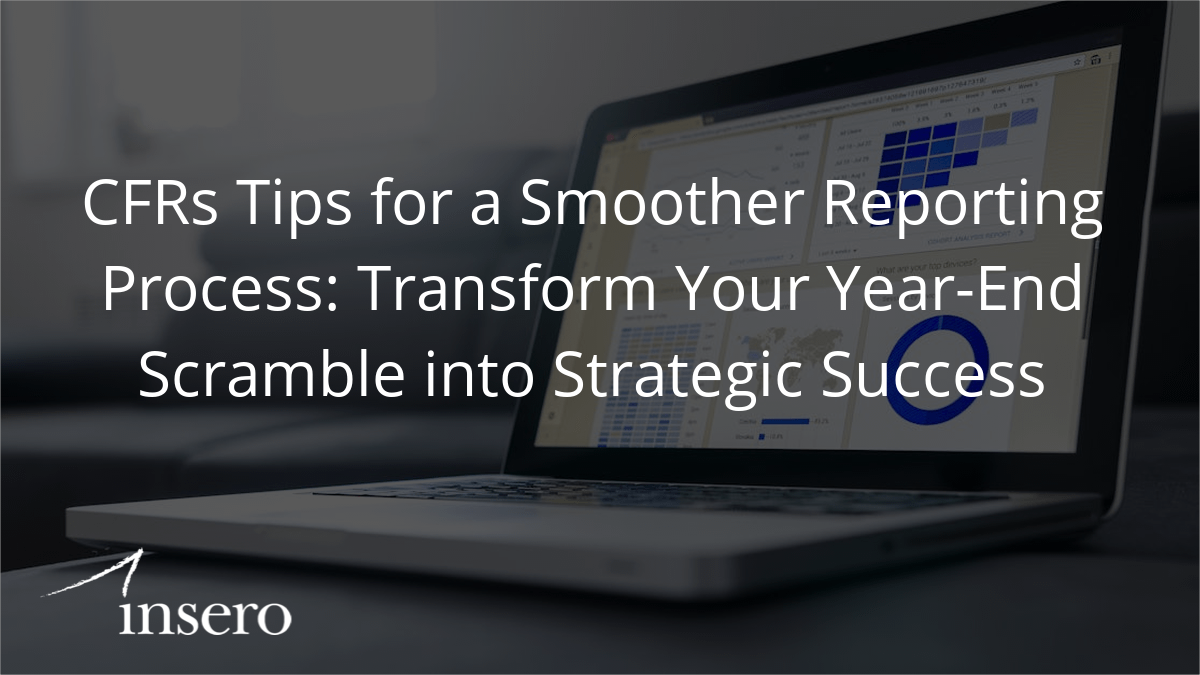ARTICLE | May 06, 2025
Sale-Leaseback Accounting is a strategic financing tool that businesses leverage to unlock liquidity while maintaining operational control over their assets. It involves a seller transferring ownership of an asset to a buyer and immediately leasing it back. This strategy offers significant benefits to both the seller-lessee and the buyer-lessor. However, successful execution and accurate accounting for the transaction requires a thorough understanding of Generally Accepted Accounting Principles (GAAP), particularly ASC 606 and ASC 842.
Understanding Sale-Leaseback Transactions
In a sale-leaseback transaction, the seller-lessee sells an asset to the buyer-lessor and immediately leases it back under a lease agreement. This arrangement allows the seller-lessee to access immediate cash, often at a lower borrowing cost, while retaining the asset’s use for business operations. For the buyer-lessor, advantages include stable rental income, potential asset appreciation, and tax benefits.
Key Accounting Considerations
Determining whether a transaction qualifies as a sale-leaseback under GAAP involves navigating complex criteria. The critical question is whether the transaction satisfies the revenue recognition requirements under ASC 606 before being evaluated under the lease standards of ASC 842. The answer impacts how the seller-lessee should record the transaction.
If the transaction qualifies as a sale, it involves the derecognition of the asset and recognition of gain or loss for the seller-lessee. The seller-lessee would then recognize a right-of-use (ROU) asset and a corresponding lease liability, which will be reduced as lease payments are made.
In cases where the transaction does not qualify as a sale under ASC 606, it is treated as a financing arrangement. The seller-lessee retains the asset on their balance sheet and continues to depreciate it while recognizing a financial liability for the amounts received from the buyer-lessor. The most important difference is that no gain or loss is recorded.
Impact of ASC 842 on Sale-Leaseback Accounting
The introduction of ASC 842 has modified the accounting treatment for sale-leaseback transactions, with some saying it is easier to recognize the sale. To qualify for day-one gains on a sale and leaseback transaction, certain criteria must be met. For instance, ASC 842 now requires entities to use the “control” guidance from ASC 606 to assess whether a transaction should be accounted for as a sale-leaseback or as a financing arrangement. The guidance and determination of whether control has transferred is complex.
Professional Support for Sale-Leaseback Accounting
Given the complexity of sale-leaseback transactions and the nuanced aspects of ASC 606 and ASC 842, organizations often require professional assistance. The task of maintaining precise records of financial liabilities and receivables, accurately recording ROU assets and lease liabilities, and ensuring compliance with ASC 606 criteria can be daunting.
Understanding the detailed criteria of ASC 606 and ASC 842 is fundamental to ensuring proper classification and GAAP compliance with your sale-leaseback accounting. Whether your transaction qualifies as a sale or is treated as a financing arrangement, accurate accounting is critical to maintaining compliance and transparency.
At Insero, we offer comprehensive lease accounting services that can guide you through these complex transactions. With our deep understanding of GAAP principles and their application, we can help ensure proper financial reporting while optimizing the benefits of your sale-leaseback arrangements. For more information on how Insero’s lease accounting services can assist your organization, click here.
Let’s Talk
Fill out the form below and we’ll get back to you to discuss your specific situation.




